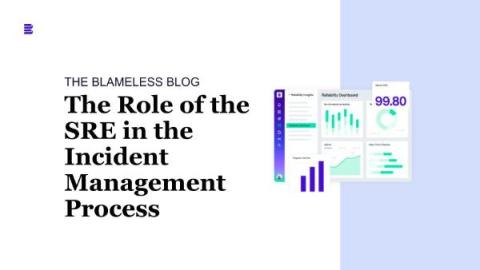Exciting News: Blameless Joins Forces with FireHydrant
Today, we are thrilled to announce that Blameless has been acquired by FireHydrant, a leader in innovative reliability platforms. This strategic move marks a significant milestone in our journey and opens up new horizons for our customers, our team, and the future of incident management.










